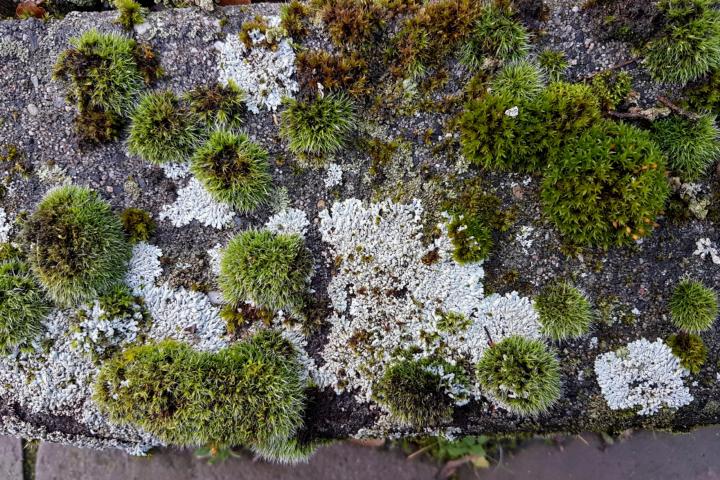
People tend to think of life on earth in two main categories: plants and animals. But the diversity of life is much richer than that. Fungi are one of the most diverse, fascinating, understudied, yet omnipresent, kingdoms of life. They help feeding 90% of the plants, recycle dead organisms and remain cryptic most of the time. My interest lies in documenting and understanding the evolution of the underestimated kingdom of Fungi.
Keywords
Molecular systematics, evolutionary radiations, speciation and species delimitation, morphology, soil metabarcoding, Basidiomycota, Mycena, Lactarius, Russula, Cortinarius, Dutch mushrooms, urban hidden biodiversity
Researchinterest
Taxonomists create the language of biodiversity, enabling communication about organisms among scientists and the general public. This essential work is particularly challenging in hyper diverse and morphologically cryptic groups, such as the kingdom Fungi.
I combine fieldwork, morphology, microscopy and molecular phylogenetic techniques to study the taxonomy, evolution and diversification of Fungi. The current focus is on several species-rich genera, such as Mycena, Lactarius and Cortinarius. Phylogenomic approaches are integrated with traditional techniques to unravel their evolutionary history and better understand their morphological and ecological variability.
An improved insight in the diversity of fungi and the delimitation of species is also essential to identify fungi directly from soil samples. I am part of the Hidden Biodiversity project at Naturalis, in particular the work package that aims to characterise the soil microbiome of city trees.
Currenttopics
A selection of the topics I am working on currently.
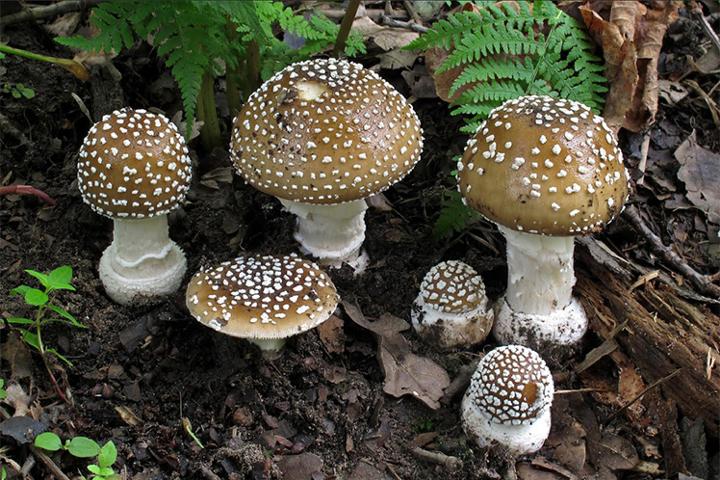
Barcoding Dutch mushrooms
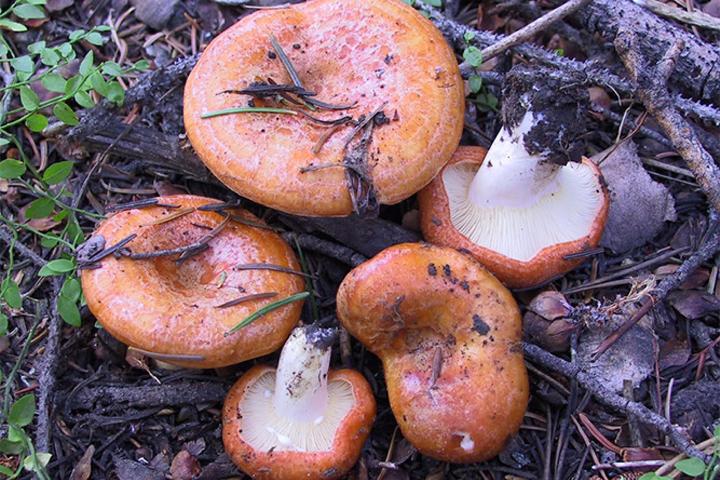
Understanding the evolution of the milkcap mushrooms
Large team will unravel the hidden biodiversity in the city
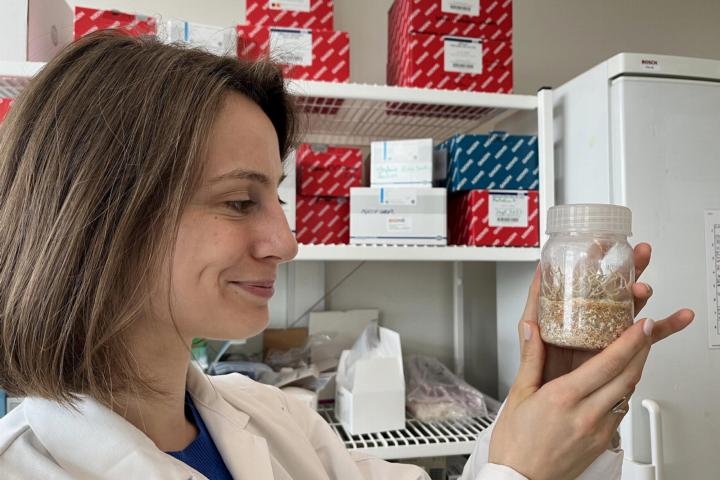
Building a genome-scale evolutionary framework for Mycena
Keypublications
- Lebeuf R., Landry J., Ammirati J.F., Aronsen A., Cantillo T., Castillo R., Corazon-Guivin M.A., da Silva G.A., Dirks A.C., Healy R.A., Holzapfel Q.M., Jagers M., Khalid A.N., Lamoureux Y., Madrid H., Naseer A., Nuytinck J., Oehl F., Paul A., Santos V.M., Taylor G., Vallejos-Tapullima A., Gorczak M., Haelewaters D. & Krisai-Greilhuber I. (2023) Fungal Systematics and Evolution: FUSE 9. Mycena amoena, a new species in section Amparoina from the Netherlands. Sydowia 75: 313–377.
- Lebel T., Douch J., Tegart L., Vaughan L., Cooper J.A., Nuytinck J. (2021) Untangling the Lactifluus clarkeae - Lf. flocktonae (Russulaceae) species complex in Australasia. Persoonia 47: 1–44.
- De Crop E., Nuytinck J., Van de Putte K., Wisitrassameewong K., Hackel J., Stubbe D., Hyde K.D., Roy M., Halling R. E, Moreau P.-A., Eberhardt U., Verbeken A. (2017) A multi-gene phylogeny of Lactifluus (Basidiomycota, Russulales) translated into a new infrageneric classification of the genus. Persoonia 38: 58–80.
- Nuytinck J., Verbeken A., Saar I., Lambert H., Bérubé J., Voitk A. (2017) Lactarius splendens, a second species with white latex in section Deliciosi. Botany 95: 859–863.
- Van de Putte K., Nuytinck J., De Crop E. and Verbeken A. (2016) Lactifluus volemus in Europe: three species in one revealed by a multilocus genealogical approach, Bayesian species delimitation and morphology. Fungal Biology 120 (1): 1-25.
- Verbeken A., Stubbe D., Van de Putte K., Eberhardt U. & Nuytinck J. (2014) Tales of the unexpected: angiocarpous representatives of the Russulaceae in tropical South East Asia. Persoonia 32: 13–24.
PhD and postdocsupervision
Naturalis aims to be a breeding ground for international scientific talent. Therefore, PhD's and postdocs have a special position in our organisation.
- Brigida Gallone - postdoc
- Anton Savchenko - postdoc
- Sjoerd Gremmen - PhD candidate
- Maartje Cathelyn - PhD candidate
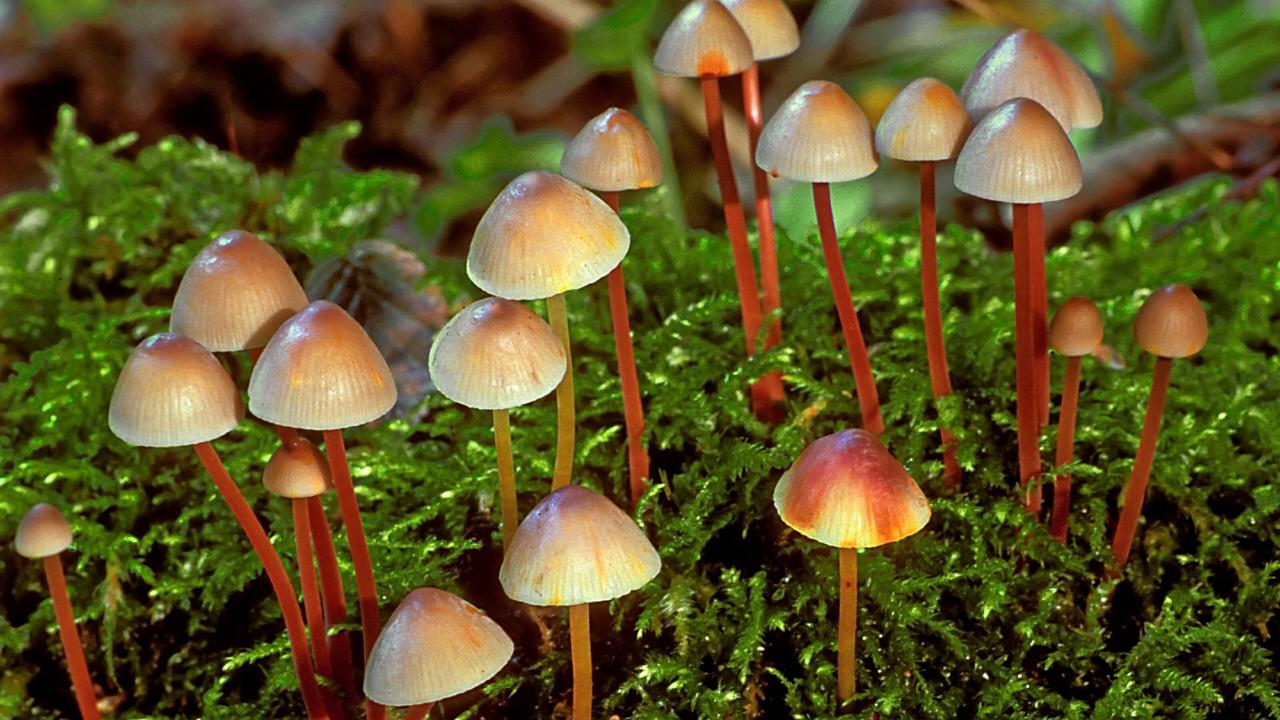
Teachingactivities
- Tree of Life: Biodiversiteit Plant – Protists and Fungi (Leiden University)
- Biodiversity – Fungal taxonomy (Leiden University)
- Minor Scales in Biodiversity – Fungal Hidden Biodiversity (Leiden University)
- Field excursions (Leiden University)
